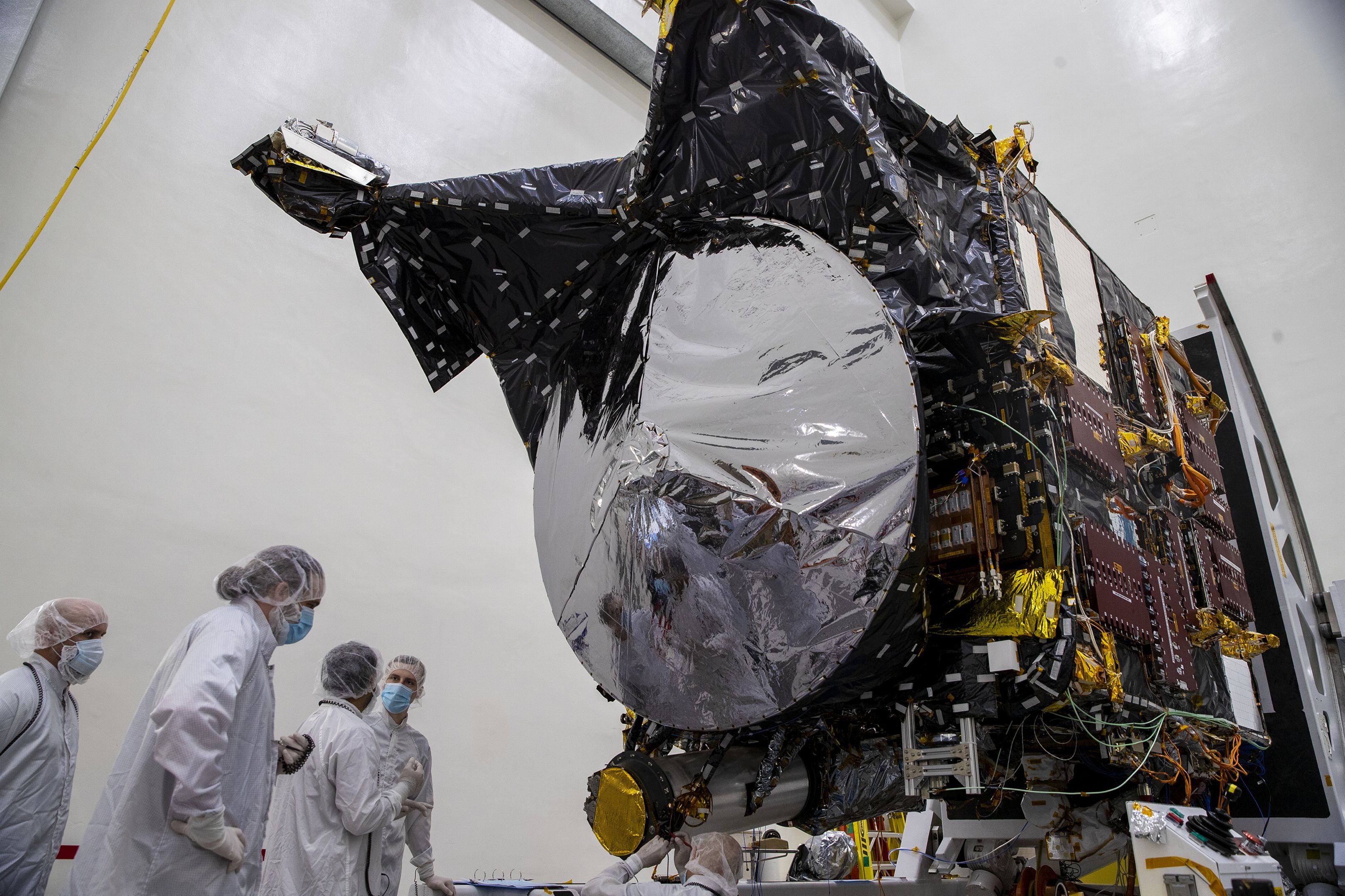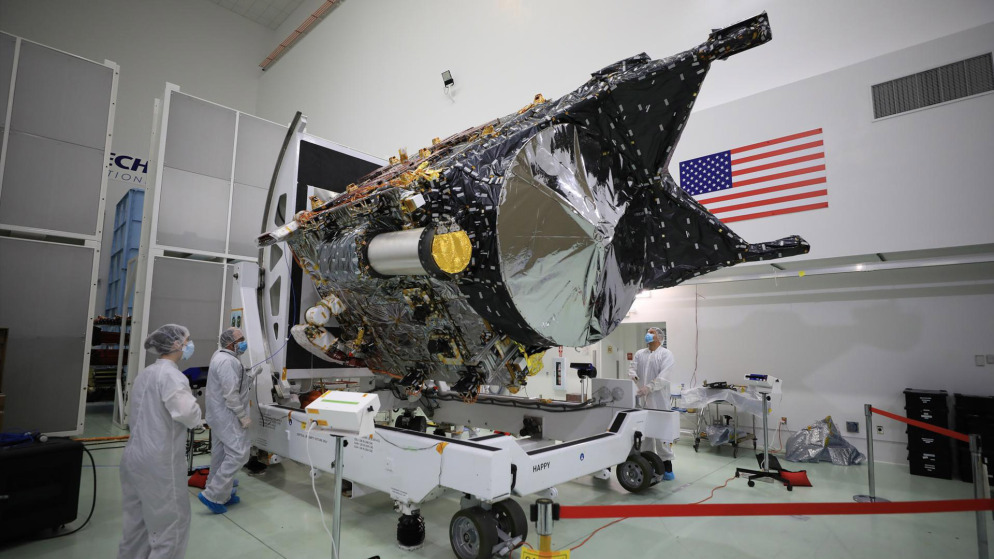NASA's Laser Communication Successful As Data Is Beamed 16 Million Kilometers
NASA's laser communication successful as data is beamed 16 million kilometers. NASA has successfully tested the Deep Space Optical Communications (DSOC) method, demonstrated aboard NASA's Psyche spacecraft, which aims to enhance data links between Earth and deep space exploration vehicles.
Author:Rhyley CarneyReviewer:Paula M. GrahamNov 28, 202323.8K Shares326.3K Views

NASA's laser communication successful as data is beamed 16 million kilometers. NASA has successfully tested the Deep Space Optical Communications (DSOC) method, demonstrated aboard NASA's Psyche spacecraft, which aims to enhance data links between Earth and deep space exploration vehicles.
Traditionally, NASA has relied on radio frequency communications for deep space data transfer. However, the DSOC system employs lasers to transmit substantial amounts of data over extended distances. NASA's recent launch of the Psyche spacecraft, designed to observe a predominantly metallic asteroid, served as a testbed for this innovative technology.
Leveraging laser communications also referred to as optical communications, offers a notable improvement in data transmission speed over vast distances. NASA highlights that this technology has the potential to enable the transmission of "up to 100 times more data to be sent back to Earth than current radio frequency systems." The success of DSOC represents a significant step forward as NASA prepares for future lunar missions and endeavors beyond Earth's orbit.
NASA estimates that transmitting a complete map of Mars back to Earth using current radio frequency systems would take approximately nine weeks. However, with a laser-based method, this time could be drastically reduced to just nine days. Additionally, laser communication equipment offers the advantage of requiring less space in spacecraft and consuming less energy.
Scientists from NASA's Jet Propulsion Laboratory in California recently announced the successful testing of the DSOC method. The team reported that a device on the Psyche spacecraft achieved successful data message transmission and reception with a telescope in Southern California. NASA explained that the laser system operates with signals in near-infrared wavelengths.
In laser communication, data is transmitted in the form of bits, the smallest units of data processed by a computer. These bits are embedded within the laser's photons.
The NASA team referred to the successful data signal transmissions as "first light." This experiment marked "the farthest-ever demonstration of optical communications," covering a distance of about 16 million kilometers.
Trudy Kortes, the director of Technology Demonstrations for the Space Technology Mission Directorate at NASA Headquarters in Washington, expressed excitement about the recent "first light" event, considering it as one of many critical milestones for the Deep Space Optical Communications (DSOC) project in the coming months. She emphasized that this successful communication breakthrough is a significant step forward in supporting humanity's next ambitious goal: sending humans to Mars.
While optical communication has been proven in low Earth orbit and on the moon, the DSOC research team highlighted that this successful test represents the first time such a method has been validated in deep space.
Abi Biswas, a project technologist on the DSOC team, lauded the latest laser test as "a tremendous achievement," emphasizing the team's ability to exchange "bits of light" to and from deep space.
The team acknowledged the challenges of laser communication over extended distances, noting the requirement for precise signal tracking and seamless coordination between transmitters and receivers across millions of kilometers.
According to project leaders, when the Psyche spacecraft is at its farthest point from Earth, the near-infrared photons used by DSOC will take approximately 20 minutes to travel back to our planet. Notably, during the successful experiment conducted on November 14, DSOC demonstrated a remarkable speed, taking only about 50 seconds to transmit data from Psyche to Earth.
“„Tuesday morning's test was the first to fully incorporate the ground assets and flight transceiver, requiring the DSOC and Psyche operations teams to work in tandem. It was a formidable challenge, and we have a lot more work to do, but for a short time, we were able to transmit, receive, and decode some data.- Meera Srinivasan, operations lead for DSOC at JPL
Conclusion
Jason Mitchell, a director of NASA's Space Communications and Navigation program, hailed optical communication as "a boon for scientists and researchers who always want more from their space missions." He emphasized that improved data transmission methods are crucial for enhancing human exploration of deep space, foreseeing numerous data discoveries in the future.
Jump to

Rhyley Carney
Author

Paula M. Graham
Reviewer
Latest Articles
Popular Articles
